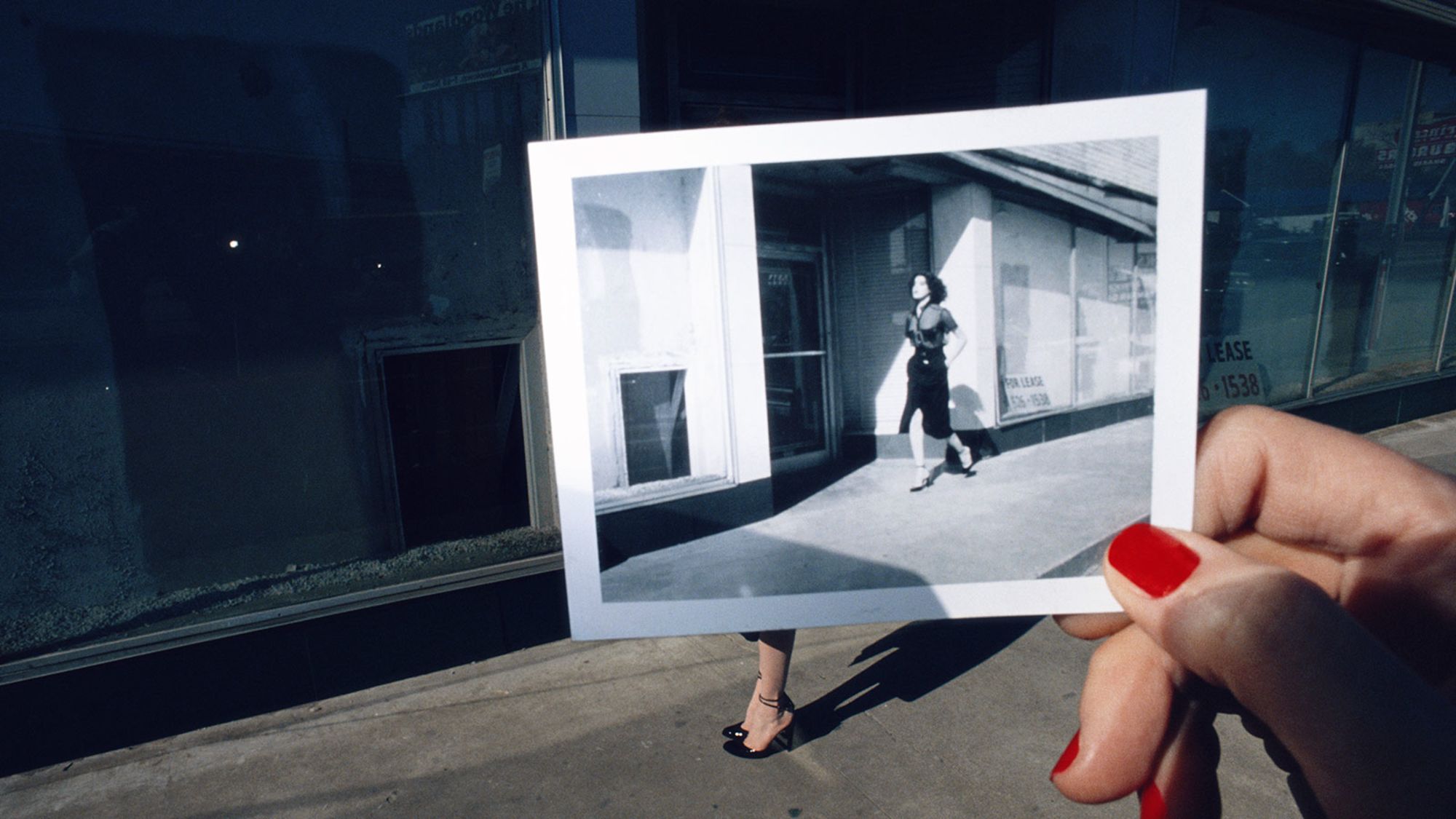Long before Polaroid pictures invoked sun-bleached nostalgia, dreamlike memories and a lust for a bygone analog age, they were considered a flash of impossibly futuristic technology.
When the company’s SX-70 OneStep instant camera was released in 1972, the US was still drafting conscripts for the Vietnam War, the Sony Walkman was seven years away and most people had to wait days – or even weeks – to see the pictures they’d snapped.

For acclaimed director and photographer Wim Wenders, who arrived in the USA from his native Germany that year, the SX-70 was the epitome of progress. The device was a technological marvel.
He went on to take 12,000 Polaroid photos in a frenzy of creativity in the early 1970s. The format was “at the dawn of the digital age, a promise of things to come,” said Wenders in an email interview.
“For years, everybody would stand behind you and look at the little print, not only in amazement, but also with longing – ‘Gimme that thing!’” said Wenders, who directed the epic road movie?“Paris, Texas”?and the Oscar-nominated documentary “Buena Vista Social Club.”
“Kids especially went crazy. Today, we take it for granted that we can see everything immediately on … our devices, but then, it was nothing less than a cultural revolution. We all felt we were looking at the future. And we were.”
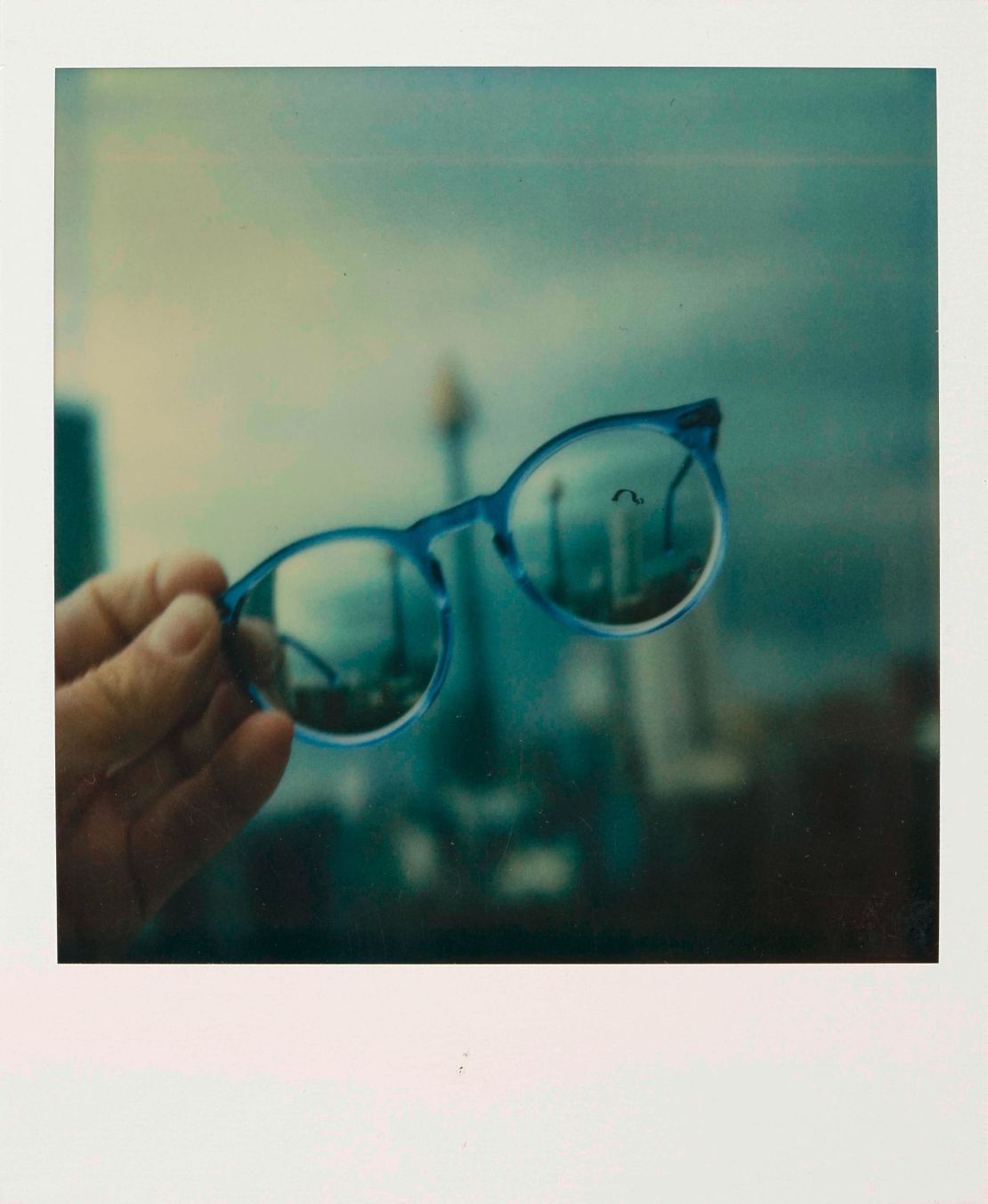
Square Polaroid snaps captured the world’s attention in the 1970s, and have remained the subject of fascination since. Their fun aesthetic continues to influence creatives like photographer Ryan McGinley and artist Julian Schnabel. Instagram may also owe some of its early success to its imitation of the shape and look of classic Polaroid photos.
Christopher Bonanos, author of “Instant: The Story of Polaroid,” compares Polaroid to Apple, which would launch a home computing revolution later that decade.
A design-focused tech giant in its heyday, Polaroid had its own Steve Jobs in the form of inventor Edwin Land, who produced the company’s first instant camera in 1948. Land attributed his invention to his daughter’s restlessness at having to wait to see the pictures he had taken.

Polaroid photos exploded in popularity following the launch of the SX-70. Artists including David Hockney, Andy Warhol and Ansel Adams embraced the playful camera and pushed it to its technical limits. Between them, they produced collages, selfies and thousands of portraits – often front-on images, focused on the square’s center, which became the format’s signature composition.
Ongoing appeal
At the German gallery C/O Berlin this month, two new exhibitions are celebrating the past and present of the Polaroid format. One of the shows features a selection of Wenders’ photographs, capturing Hollywood stars like Dennis Hopper, as well as the unglamorous minutiae of the filmmaker’s life in 1972 – like his breakfasts – that would have barely warranted capturing on film before Polaroid.
The second exhibition, named “The Polaroid Project,” features instant photos by leading artists such as Chuck Close, Guy Bourdin, Nobuyoshi Araki, Barbara Crane, Robert Mapplethorpe and Robert Rauschenberg.
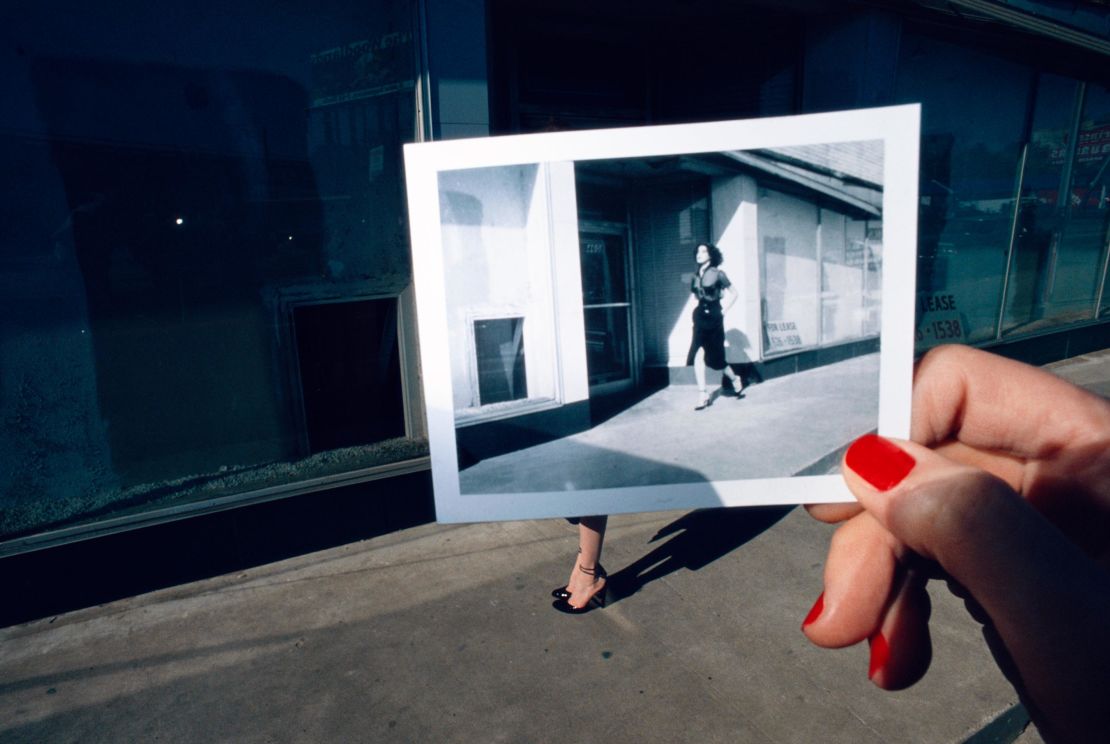
According to co-curator at C/O Berlin, Anna Duque y González, it is a sense of intimacy that brings us back to Polaroid.
“Polaroid was a real social medium, when (the idea of being) social was still bound to people,” she said in a phone interview.
“You would watch these pictures being developed – it took time, you watched it together, then you would give it away. It was a real act of humans being with each other. Nowadays, with social media, everything has become so abstract.”
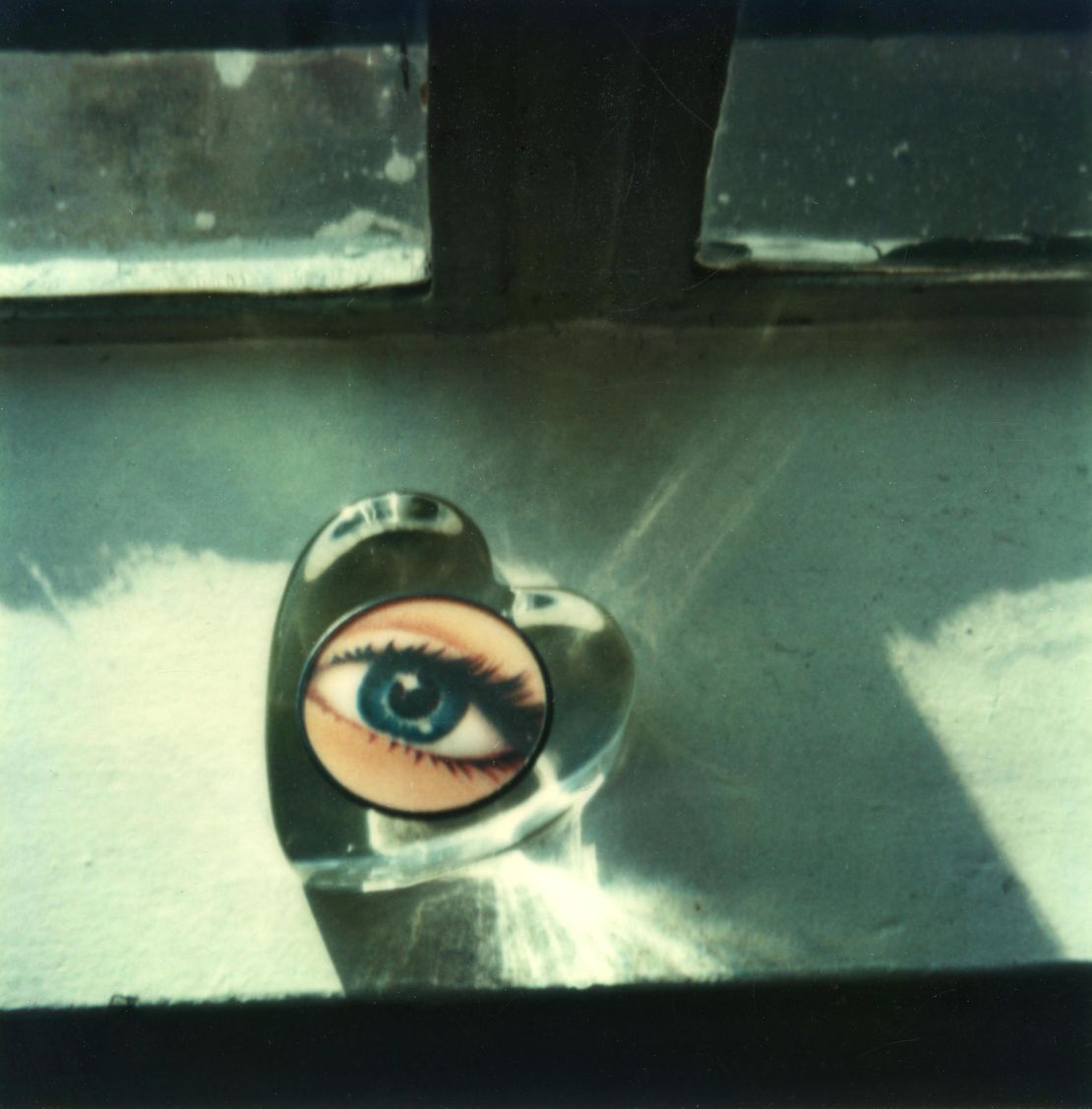
The format’s ongoing popularity, more than 45 years after the release of the SX-70, reflects its position between photography’s past and future. It sits between the analog and the digital, between photography as a considered craft and a reflex act – like the Instagram snaps it would inspire, but with a precious object created between photographer and subject
González said that Wenders gave away two-thirds of the images he shot in the 1970s, believing that they belonged as much to the subject as him.
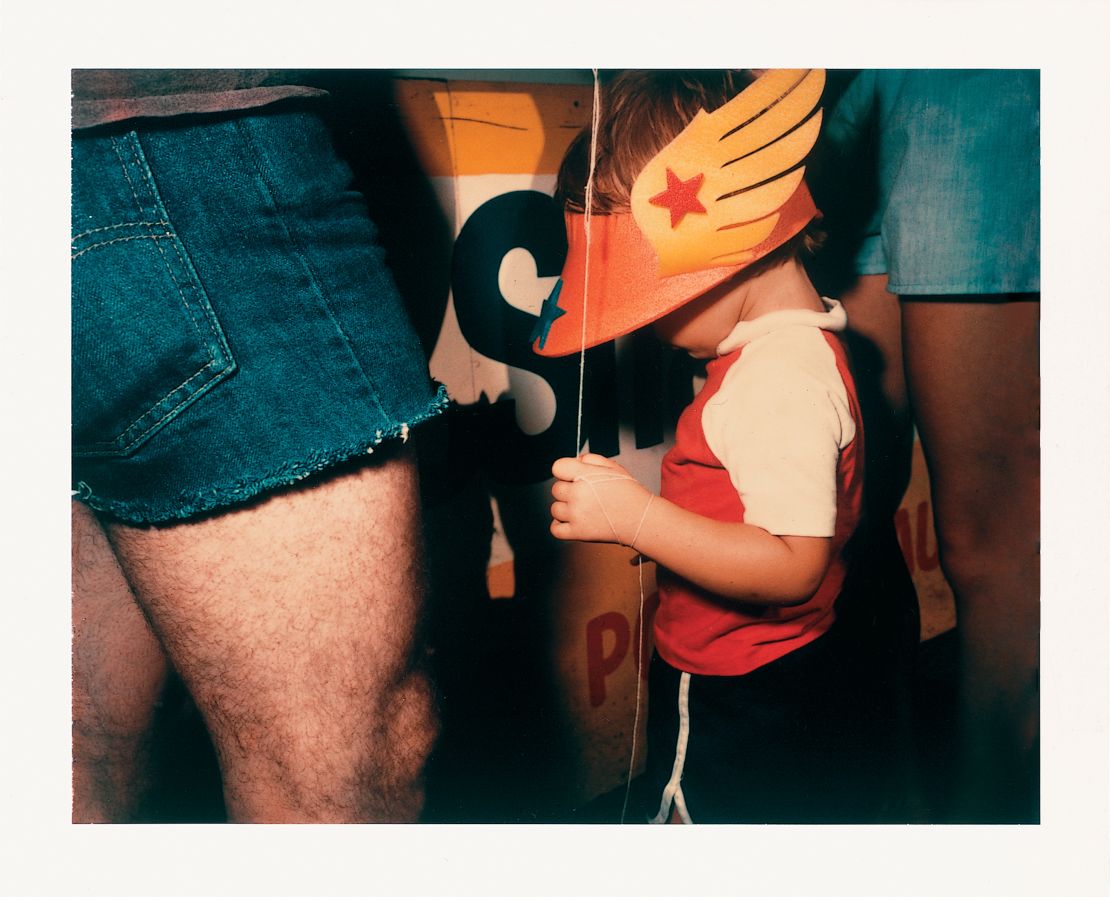
“That’s why the Polaroid is now so successful again, because there’s that longing for real relationships and real objects, and not everything just being digital,” she said. “It is still important nowadays as a comment on the world becoming more abstract and digital – and maybe, somehow, more fake.”
The future of Polaroid
After making rough starts to the digital age, Polaroid and its old rival, FujiFilm, both threw their weight behind attempts to revive physical instant photos. Nonetheless, Polaroid ended its film and analog camera production in 2008 amid dwindling sales and a second bankruptcy.
A European company called Impossible Project acquired the rights to Polaroid’s intellectual property and continued to produce its instant film. The group secured the Polaroid name in May 2017 and brought its film and cameras (under the brand Polaroid Originals) to the market last September.

In the meantime, contemporary artists have continued exploring the limits and meaning of instant film. For many, the format remains an?ultimate expression of nostalgic fun?that harks back to a time when the future seemed brighter.
Some nod to the?tousled glamour of Andy Warhol and Edo Bertoglio’s Factory-era Polaroids?– those high-contrast, nonchalant portraits of Debbie Harry, Grace Jones and Madonna – while others have used the format to bring?intimacy to political issues such as the migrant crisis.
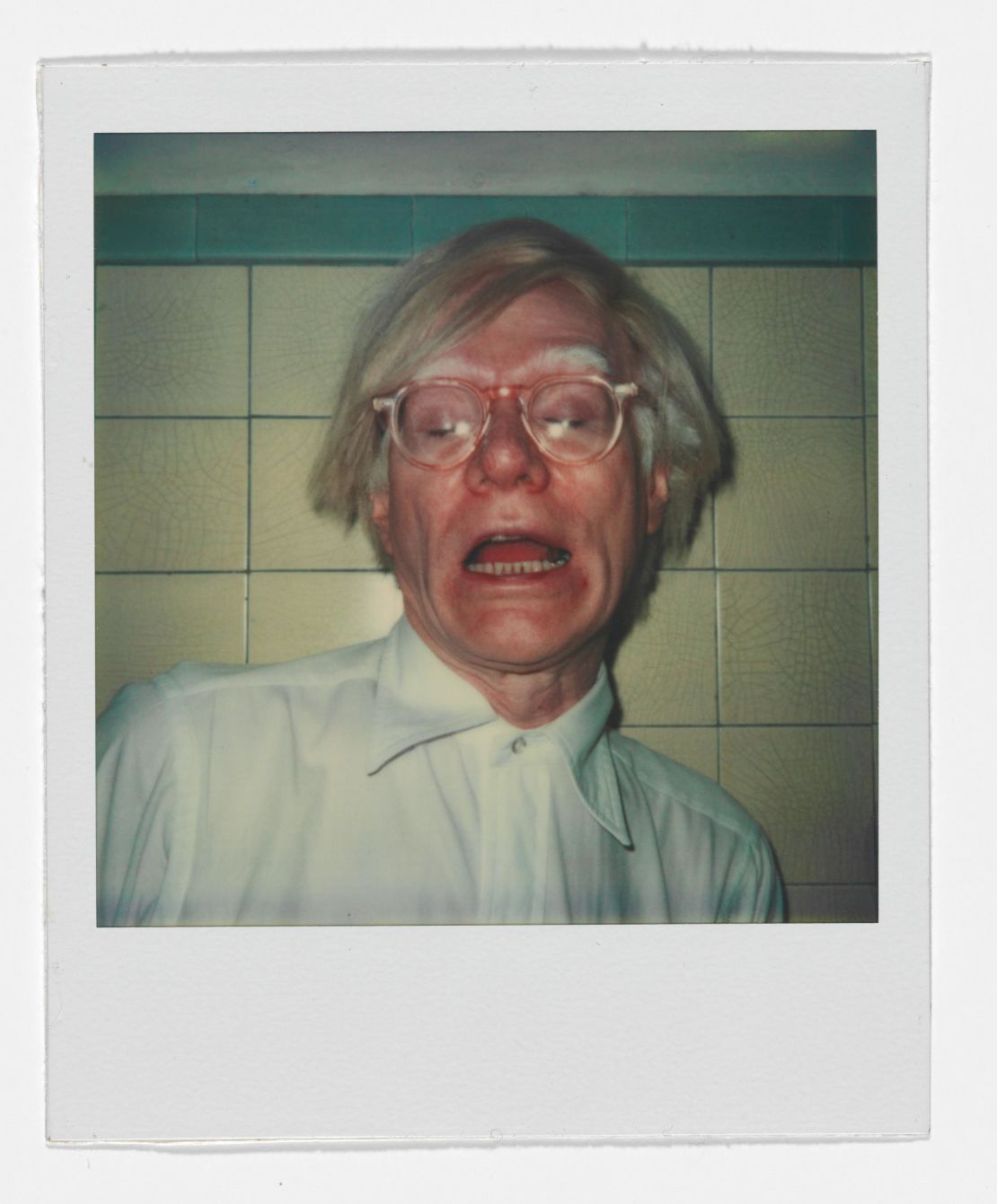
But in the age of high-resolution phone cameras, some, including Wenders, believe that the Polaroid’s time is up. The filmmaker, who recently debuted his documentary?“Pope Francis: A Man of his Word,”?has consistently embraced new technology, including the use of 3D filming for his 2011 dance documentary?“Pina.”
Wenders is still prone to nostalgia,?admitting that he wishes he had saved more of his Polaroids. “Oh, man, if only I had kept half of them!” he said, expressing his desire to see images that Dennis Hopper, who died in 2010, took of himself during a key scene in the 1977 movie “The American Friend.”
“(Hopper) made a whole series of selfies with the SX70, (then he) laid down on a pool table and let those Polaroids rain down on him. It was a strange act of remorse, or some ritual of self-purification.
“We used a new pack of film each time, and we shot several takes of that scene. But there’s not a single one of these Polaroids left. Either Dennis kept them all, or everybody in the crew grabbed one.”
